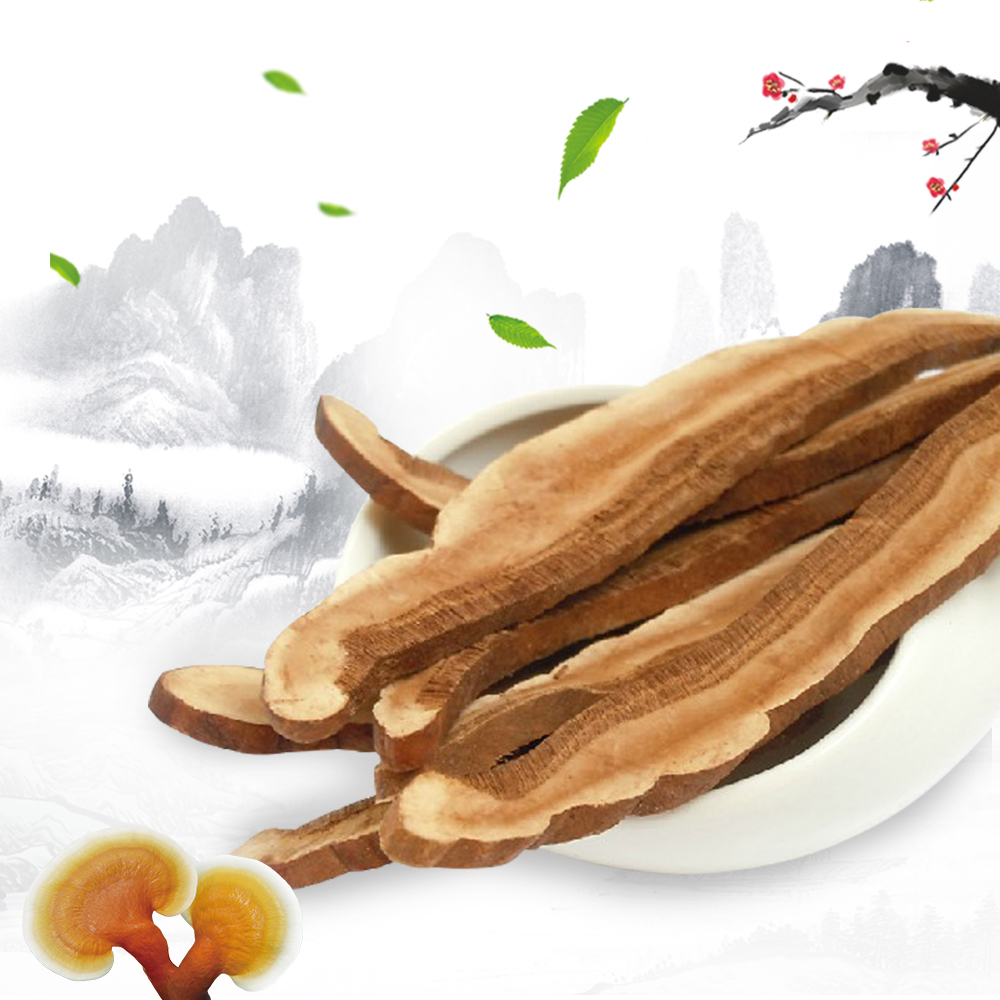Finishing pigs have many advantages in cage farming: less investment, less land occupation, and efficient use of pigs in garden corners; pig cages are small in size, light in weight, can be moved and changed in position according to climate and temperature changes, and are conducive to heatstroke and temperature reduction. Cold and warm; pigs clean and hygienic, greatly reduce the occurrence and spread of swine disease, is conducive to the pig's intake and rest, easy to keep staff management; can reduce the pig's activity, reduce heat consumption, save feed. Compared with the captive pigs, the lean meat ratio of the caged pigs is greatly increased, and the daily weight gain is increased by about 200 grams. The weight gain per kg can also save about 60 grams of feed. Therefore, this technology can be widely used in large-scale pig farms and specialized households, and its economic benefits are more obvious. The construction of pig cages for the construction of pig cages requires the use of various materials in accordance with local conditions. The principle is that pigs can lie down freely in the cage. General length 1m -1.3m, width 0.5m -0.6m, height 1m, the four sides of the cage, the four corners focus on the selection of angle iron or solid wood, the cage's four horizontal bar distance to the pig can not stretch out is appropriate, cage The bottom is to lay a 3 cm hole plank. The rear of the cage shall be provided with a switchable movable door. Above the front board of the cage, a 20 cm-high horizontal opening shall be provided for the food trough. The cage spacing is generally 0.3-0.4 meters. Technical requirements for raising caged pigs are generally selected as two- or three-way hybrid piglets at 2 months of age, fasting about 2 tons before entering the cage, only for adequate drinking water. Arrange for the cages at night to properly protect the pig's head and front and rear legs to prevent panic attacks. After feeding on the cage, it should be fed in appropriate amount, and the pig body should be touched and brushed repeatedly to eliminate the panic fear of the piglet as soon as possible. Feeding requirements for cage pigs Because of the small range of activity and rapid weight gain of caged pigs, they are prone to nutritional deficiencies. Therefore, it is necessary to feed high-quality full-priced compound feeds and formulate formulas according to different growth stages of finishing pigs. For 15 kg to 30 kg of general piglets, 13.6 MJ of digestive energy, 17.2% of crude protein, 0.62% of calcium, and 0.58% of phosphorus per kilogram of compound feed are required. When the piglets reach 30 kg to 60 kg, the digestive energy per kilogram of compound feed is required. It needs to be controlled at 12.55 MJ, crude protein 16%, calcium 0.59%, and phosphorus 49%. When finishing pigs weighing 60 kg to 90 kg, each kilogram of formulated feed needs 12.34 MJ of digestive energy, 14.25% of crude protein, and calcium. 0.52%, phosphorus 0.46%. At the same time, the feed should be fed raw to prevent the nutrients in the feed from being damaged by the high temperature, and the thin feed should be fed into the thick feed. According to the growth stage of the pig, the number of feeds and feed amount should be determined, and the appropriate amount of green feed should be fed to provide adequate supply. Clean drinking water. The management of caged pigs requires timely disinfection, good cleanliness in the cages, cleaning and removal of fecal matter every day, daily disinfection of cages with quicklime or vegetation grey water, bleach and other disinfectants. To do a good job of immunization, triple injections should be conducted according to the pig's sanitation and epidemic prevention procedures, and deworming, gastric lavage, and stomach-building should be carried out in due course; it should be conducted a second time after 60 days. At the same time, always pay attention to the pig's temperature and humidity management, the pig's suitable growth temperature is generally 15 °C -25 °C, relative humidity of 55% -60%, such as temperature and humidity is too low, the pig heat dissipation, consumption of feed, It will increase the cost of feeding, so in the winter to do a good job of cold and warm, cages need to lay 10 cm -15 cm thick hay, while using warm water spices.
Reishi Slices
Reishi
slices are chopped from the fresh well-selected
log-cultivated organic ganoderma fruiting
bodies. The well-chopped slices can be directly used in making Ganoderma Tea,
cooking soup and brewing wine. It's a perfect choice to keep daily health, diet
therapy and present as a gift.

Ganoderma
slices can help to nourish users' vitality and
relieve malaise, cough, asthma, palpitation and anorexia.
The Reishi Mushroom we used were grown on logs
in our self-built Organic Reishi Mushroom farm instead of nutrient medium in
order to mimic wild environments and ensure its highest quality. We let the
Reishi Mushrooms grow for up to 12 months before we collect them. During the
whole cultivation process, we strictly follows the USDA organic standards, not
any pesticide, herbicide, or chemical fertilizer was used at all. GanoHerb also
has eight 100 thousand cleanliness GMP workshops, delivering the best and
safest product to our customers.
Reishi Slice
Reishi Slice,Ganoderma Lucidum Slice,Dried Ganoderma Lucidum Slice,Organic Ganoderma Slice
Ganoherb International Inc , http://www.ganoherb.com
